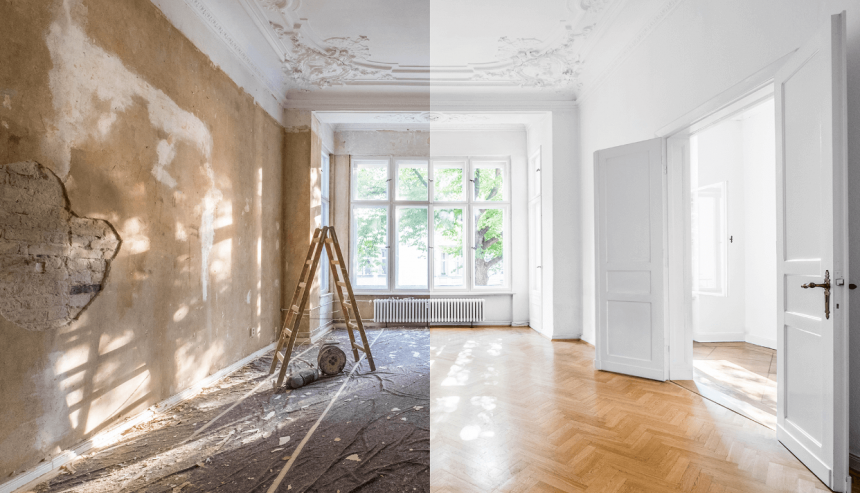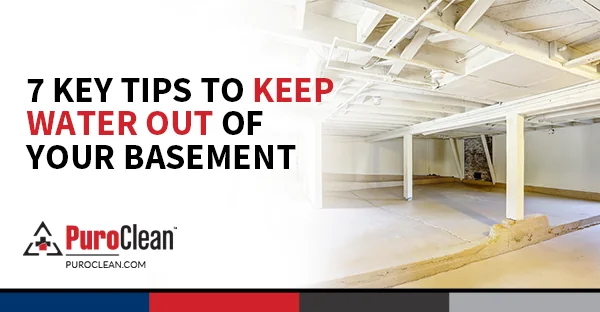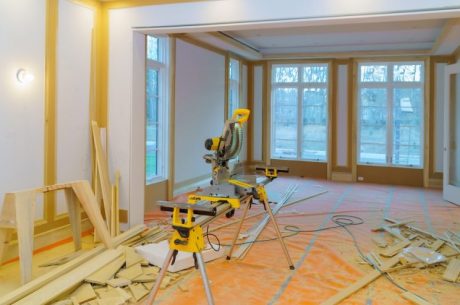Table of Contents
Water damage can be one of the most distressing experiences for a homeowner. Not only can it compromise the structural integrity of your home, but it can also lead to health issues due to mold and mildew growth. If you’ve found yourself facing this unfortunate situation, understanding the process of remodeling after water damage is crucial. This guide aims to provide you with vital insights, steps, and considerations to help you navigate through the complexities of water damage restoration, ensuring your home returns to its pre-damage glory.
Understanding Water Damage
Before diving into the remodeling process, it’s essential to comprehend the various types of water damage. Water can enter your home from several sources, including:
1. Natural Disasters: Flooding from heavy rain or hurricanes.
2. Plumbing Issues: Burst pipes, leaky faucets, or overflowing toilets.
3. Roof Leaks: Rainwater seeping through damaged roofing materials.
Each cause presents unique challenges that influence the required repairs and remodeling strategies. It’s essential to identify the source of the damage to ensure effective restoration.
Assessing the Damage
The first step in any remodeling after the water damage plan is a thorough assessment of the extent of the damage. This process involves:
1. Visual Inspection: Searching for discoloration, swelling wood, or damp patches in walls and ceilings.
2. Moisture Testing: Using specialized equipment to detect hidden moisture within walls, floors, and ceilings.
3. Professional Evaluation: Hiring a qualified water damage restoration expert to provide an in-depth analysis.
This step is crucial as it dictates the scope of your remodeling efforts. Knowing whether your home requires basic repairs or significant renovations can help you budget effectively and make informed decisions about the restoration process.
The Water Damage Restoration Process
Once you’ve assessed the damage, you can move forward with the water damage restoration process. Here’s a structured overview of the primary steps involved:
1. Water Removal
Extraction: Use pumps and vacuums to eliminate standing water.
Dehumidification: Set up dehumidifiers to dry out the space and prevent mold growth.
2. Cleanup and Sanitation
Cleaning: Remove damaged materials, including drywall, carpets, and insulation, to salvage what can be saved.
Sanitizing: Clean and disinfect the affected areas to combat bacteria and fungi.
3. Repairing Structural Elements
Reconstruction: Replace or repair damaged structural components, including framing, flooring, and walls.
Drying Solutions: Ensure the area is adequately dried out before proceeding to prevent mold infestation.
4. Remodeling
After ensuring your home is structurally sound, you can focus on remodeling. This stage allows you to not only restore your home but also improve its aesthetic appeal. Here are some remodeling ideas to consider:
Open Floor Plans: Create spacious designs by removing non-load bearing walls.
Modern Fixtures: Upgrade bathrooms and kitchens with contemporary fixtures.
Energy-Efficient Solutions: Incorporate energy-saving windows and insulation for improved efficiency.
Preventing Future Water Damage
As you consider remodeling after water damage, it’s imperative to take preventive measures to protect your home from future incidents. Here are some strategies to implement:
1. Regular Maintenance: Perform routine checks on plumbing and roofing systems to spot potential issues early.
2. Gutter Management: Ensure gutters and drains are clean and functioning correctly to direct water away from your home.
3. Landscaping: Grade your yard so that it slopes away from your home to minimize water pooling around the foundation.
Remodeling after water damage can be a daunting task, but with the right information and approach, you can effectively restore and improve your home. By understanding the damage, assessing the situation, following a structured restoration process, and implementing preventive measures, homeowners can not only recover but also enhance their living spaces. Remember, tackling water damage promptly and professionally is key to safeguarding your home from long-term issues. Embrace the opportunity to invest in your property, ensuring it stands resilient against future challenges.
As you embark on your remodeling journey, keep in mind that the lessons learned during this experience can significantly contribute to your home’s longevity and safety. If ever in doubt, don’t hesitate to reach out to professionals specializing in water damage restoration and home remodeling for guidance.




 PuroClean of West Austin
PuroClean of West Austin